Biosynthesis of Oleanderaceae Represented by Vincristine and Clinical Applications
DOI: 10.23977/mpcr.2025.050104 | Downloads: 17 | Views: 717
Author(s)
Fan Meiru 1
Affiliation(s)
1 College of Life Sciences, Northwest Agriculture and Forestry University, Yangling, Shaanxi, 712100, China
Corresponding Author
Fan MeiruABSTRACT
Vincristine, as a monoterpene indole alkaloid, has been widely used in various cancer treatments for its excellent antitumor efficacy.In this paper, we comprehensively review a comprehensive overview of the bisindole alkaloids from Oleaceae plants, exemplified by Vincristine, to explore their mechanisms of action, synthesis methods and clinical applications, as well as to look forward to their future development trends, aiming to provide references for Vincristine-related studies.
KEYWORDS
Vinca; Vincristine; Secondary metabolic synthesis; Clinical applications; Tumor suppressionCITE THIS PAPER
Fan Meiru, Biosynthesis of Oleanderaceae Represented by Vincristine and Clinical Applications. Modern Physical Chemistry Research (2025) Vol. 5: 30-36. DOI: http://dx.doi.org/10.23977/mpcr.2025.050104.
REFERENCES
[1] Huang Yuxiang, Tan Hexin, Yu Jian, Zhang Qinglei, Guo Zhiying, Chen Yue, Diao Yong, and Zhang Lei (2016). Research progress on secondary metabolic engineering of medicinal plants. Chinese Herbal Medicine 47, 4271-4281.
[2] Wu Hong, and Wei Min (2011). Research progress on anti-tumor activity and mechanism of action of plant-derived alkaloids. Medical Information 24, 6294-6296.
[3] Zhang Lixia, Zhao Xiaoju, and Zhang Yiting (2019). Research progress of anti-cancer drug vincristine. Journal of Daqing Normal University 3.
[4] Yang Lu, and Yu Niefang (2016). Research progress of vinblastine anti-tumor drugs. Zhongnan Pharmacy, 625-630, 626 pages in total.
[5] Jing Lei, Zhao Miaomiao, Jiang Bo, Li Yuyin, and Diao Aipo (2020). Screening of PD-L1 expression inhibitors and their anti-tumor activity. Journal of Tianjin University of Science and Technology 35, 8.
[6] Meng Shucong, Dong Xiaomin, Zhang Sha, Lin Ming, Huang Yingshen, and Xiao Junjun (2007). Promoting effect of laminin on the growth of BGC-823 cells in human gastric cancer in late G1 stage. Chinese Journal of Biochemistry and Molecular Biology 23, 6.
[7] Caputi, L., Franke, J., Farrow, S.C., Chung, K., Payne, R.M., Nguyen, T.-D., Dang, T.-T.T., Soares Teto Carqueijeiro, I., Koudounas, K., and Dugé de Bernonville, T. (2018). Missing enzymes in the biosynthesis of the anticancer drug vinblastine in Madagascar periwinkle. Science 360, 1235-1239.
[8] Zhang, J., Hansen, L.G., Gudich, O., Viehrig, K., Lassen, L.M., Schrübbers, L., Adhikari, K.B., Rubaszka, P., Carrasquer-Alvarez, E., and Chen, L. (2022). A microbial supply chain for production of the anti-cancer drug vinblastine. Nature 609, 341-347.
[9] Gao, J., Zuo, Y., Xiao, F., Wang, Y., Li, D., Xu, J., Ye, C., Feng, L., Jiang, L., and Liu, T. (2023). Biosynthesis of catharanthine in engineered Pichia pastoris. Nature Synthesis 2, 231-242.
[10] St-Pierre, B., Vazquez-Flota, F.A., and De Luca, V. (1999). Multicellular compartmentation of Catharanthus roseus alkaloid biosynthesis predicts intercellular translocation of a pathway intermediate. The Plant Cell 11, 887-900.
[11] Scragg, A.H. (1999). Alkaloid accumulation in Catharanthus roseus suspension cultures. Plant Cell Culture Protocols, 393-402.
[12] de Waal, A., Meijer, A.H., and Verpoorte, R. (1995). Strictosidine synthase from Catharanthus roseus: purification and characterization of multiple forms. Biochemical Journal 306, 571-580.
[13] Rischer, H., Orešič, M., Seppänen-Laakso, T., Katajamaa, M., Lammertyn, F., Ardiles-Diaz, W., Van Montagu, M.C., Inzé, D., Oksman-Caldentey, K.-M., and Goossens, A. (2006). Gene-to-metabolite networks for terpenoid indole alkaloid biosynthesis in Catharanthus roseus cells. Proceedings of the National Academy of Sciences 103, 5614-5619.
[14] Kumar, S., Jaggi, M., Taneja, J., and Sinha, A.K. (2011). Cloning and characterization of two new Class III peroxidase genes from Catharanthus roseus. Plant physiology and Biochemistry 49, 404-412.
[15] Jaggi, M., Kumar, S., and Sinha, A.K. (2011). Overexpression of an apoplastic peroxidase gene CrPrx in transgenic hairy root lines of Catharanthus roseus. Applied microbiology and biotechnology 90, 1005-1016.
[16] Sottomayor, M., Lopez-Serrano, M., DiCosmo, F., and Ros Barceló, A. (1998). Purification and characterization of α‐3′, 4′‐anhydrovinblastine synthase (peroxidase‐like) from Catharanthus roseus (L.) G. Don. FEBS letters 428, 299-303.
[17] Darwiche, N., El-Banna, S., and Gali-Muhtasib, H. (2007). Cell cycle modulatory and apoptotic effects of plant-derived anticancer drugs in clinical use or development. Expert Opin Drug Discov 2, 361-379. 10.1517/17460441.2.3.361.
[18] Wang Xiao, Zeng Jiquan, and Chen Lili (2013). Clinical report of 1 case of severe neurotoxic reaction caused by routine dose of vincristine. Tumor prevention and treatment study 40, 121-122.
[19] Guo Manman, and Wang Yi (2020). Research progress on novel anti-tumor dosage forms of vincristine. Drug Evaluation Research 43, 2328-2334.
[20] Pang Xiaochen, Chai Zhongqiu, Li Yue, and Ma Kun (2019). Research progress on the use of nanomedicine-loading systems for tumor treatment in Chinese medicine. Chinese Journal of Traditional Chinese Medicine 34, 3.
[21] Maeda, N., Miyazawa, S., Shimizu, K., Asai, T., Yonezawa, S., Kitazawa, S., Namba, Y., Tsukada, H., and Oku, N. (2006). Enhancement of anticancer activity in antineovascular therapy is based on the intratumoral distribution of the active targeting carrier for anticancer drugs. Biological and Pharmaceutical Bulletin 29, 1936-1940.
| Downloads: | 960 |
|---|---|
| Visits: | 60657 |
Sponsors, Associates, and Links
-
Forging and Forming
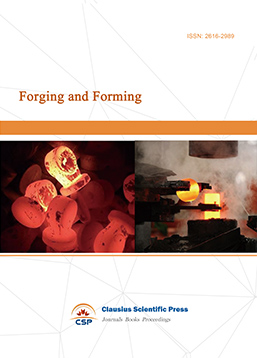
-
Composites and Nano Engineering

-
Journal of Materials, Processing and Design
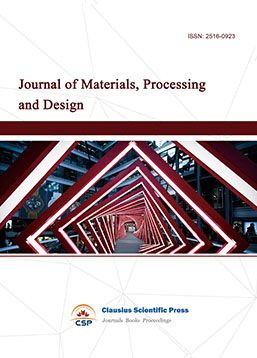
-
Metallic foams
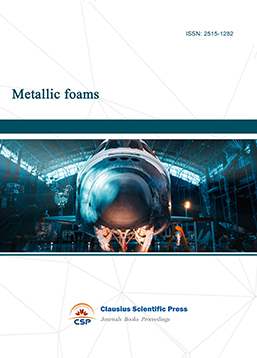
-
Smart Structures, Materials and Systems
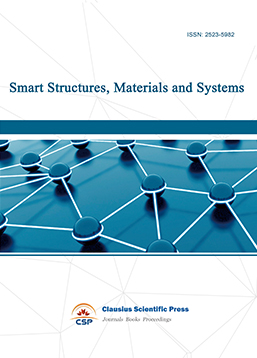
-
Chemistry and Physics of Polymers
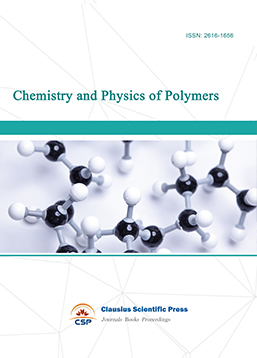
-
Analytical Chemistry: A Journal
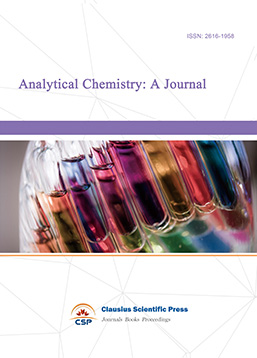
-
Inorganic Chemistry: A Journal
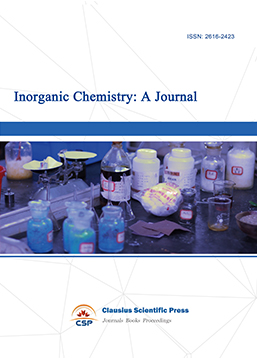
-
Organic Chemistry: A Journal
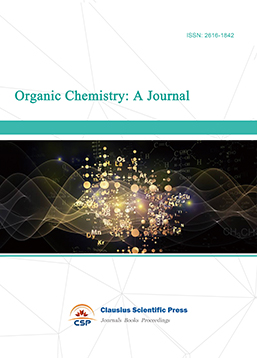
-
Progress in Materials Chemistry and Physics
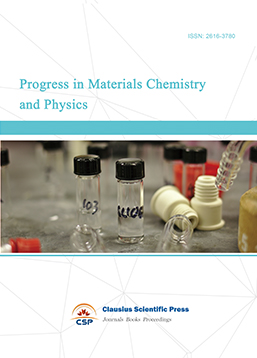
-
Transactions on Industrial Catalysis
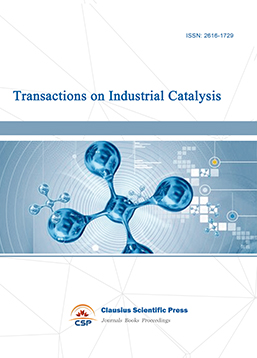
-
Fuels and Combustion
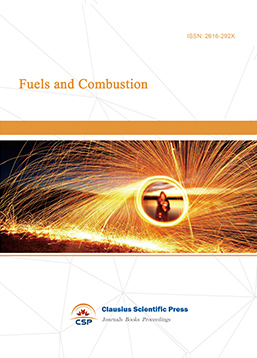
-
Casting, Welding and Solidification
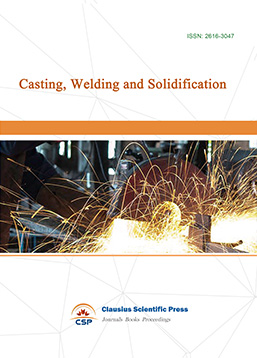
-
Journal of Membrane Technology
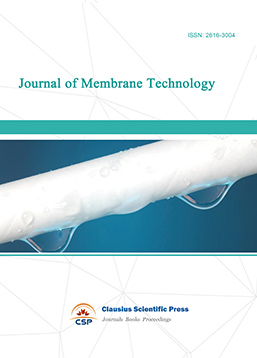
-
Journal of Heat Treatment and Surface Engineering
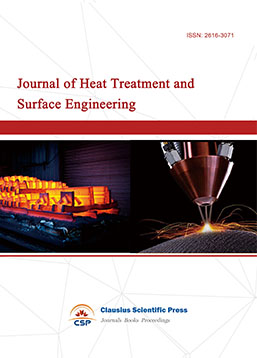
-
Trends in Biochemical Engineering
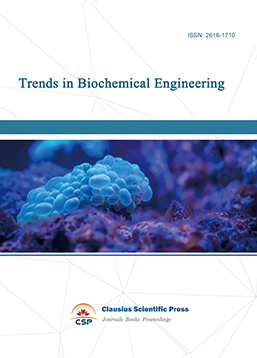
-
Ceramic and Glass Technology
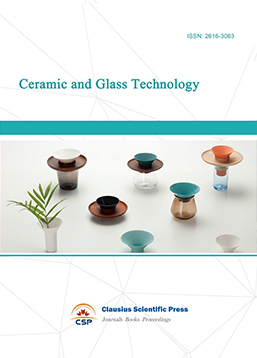
-
Transactions on Metals and Alloys
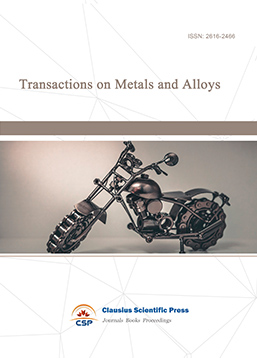
-
High Performance Structures and Materials
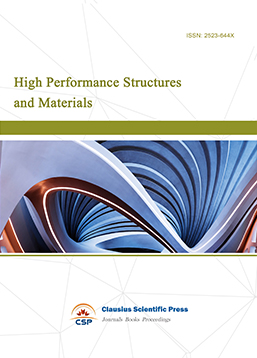
-
Rheology Letters
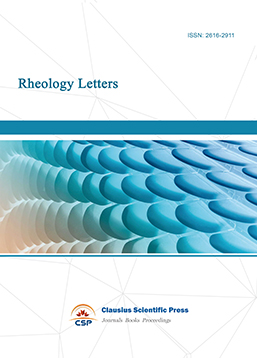
-
Plasticity Frontiers
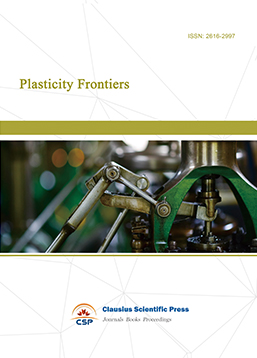
-
Corrosion and Wear of Materials

-
Fluids, Heat and Mass Transfer
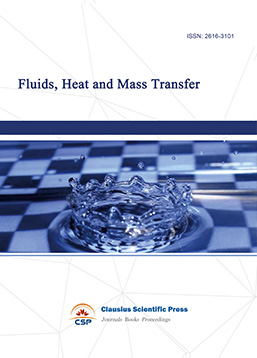
-
International Journal of Geochemistry

-
Diamond and Carbon Materials
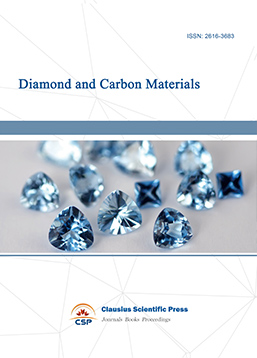
-
Advances in Magnetism and Magnetic Materials
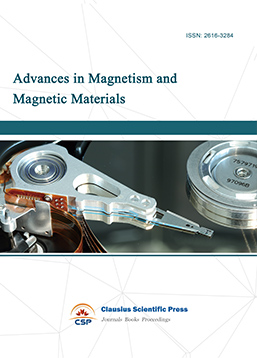
-
Advances in Fuel Cell
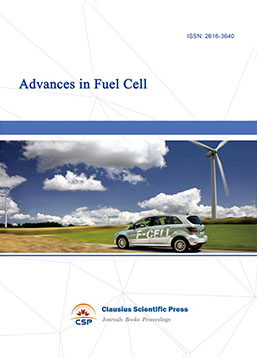
-
Journal of Biomaterials and Biomechanics
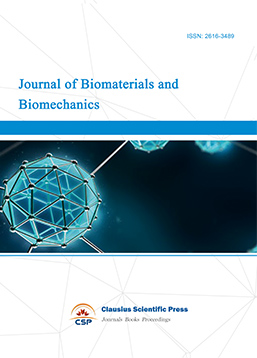

 Download as PDF
Download as PDF